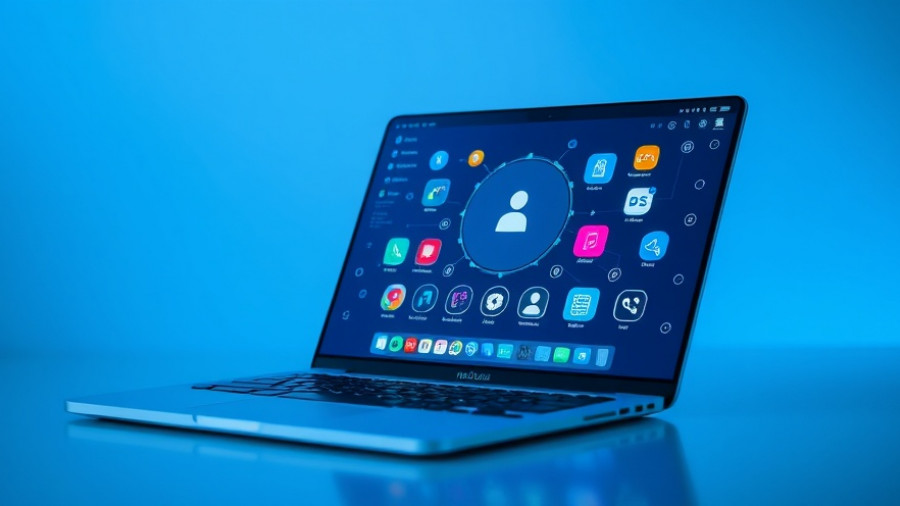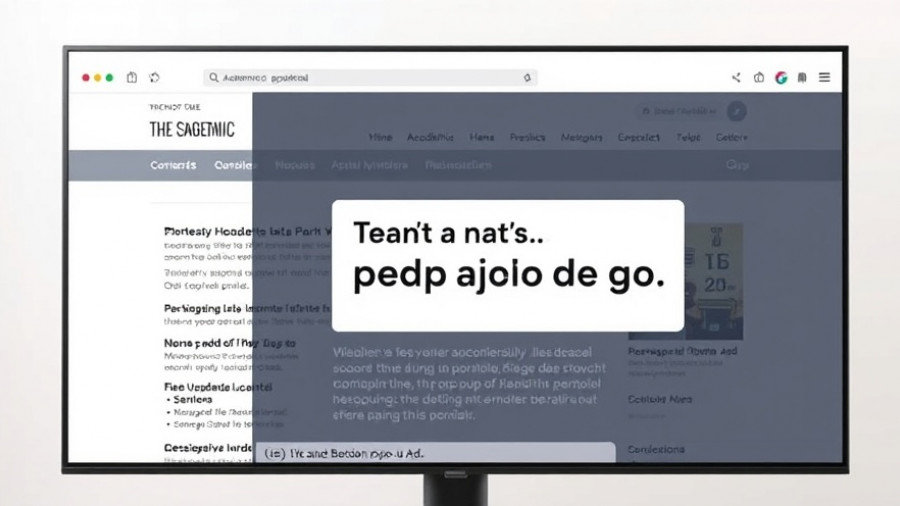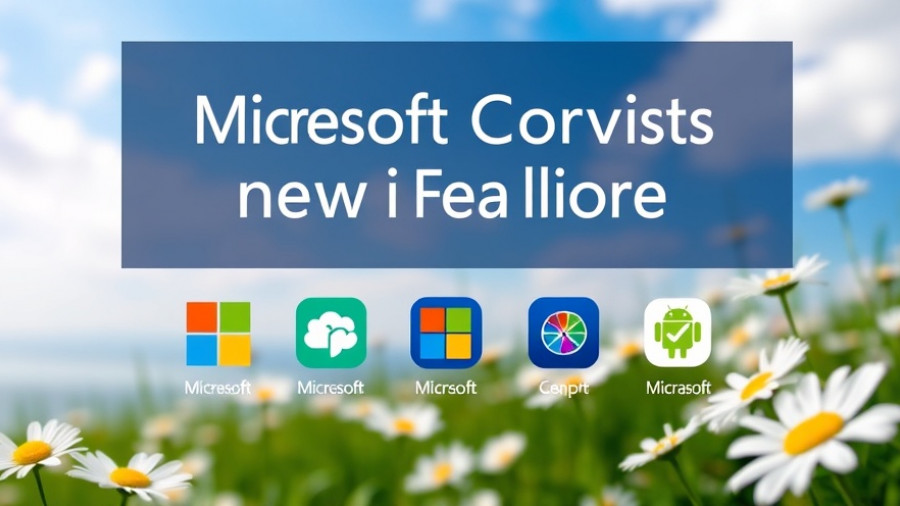
Revisiting the Digital Assistant: Microsoft’s Copilot
As Microsoft unveils its latest vision for AI-powered PCs, one can't help but notice their renewed emphasis on voice-interactive technology. The Copilot feature is being positioned as a solution that aims to correct the missteps of Microsoft’s earlier virtual assistant, Cortana. Where Cortana stumbled in the expansive realms of user engagement and functionality, Copilot is pumped with advanced AI capabilities that could redefine how users interact with their devices.
From Cortana to Copilot: A Lesson in Evolution
Microsoft's initial foray into the AI assistant space with Cortana was met with mixed reactions. Despite significant early promise, it was sidelined due to its inability to adapt to the complexity of user demands. In contrast, Copilot is designed to be more than an assistant that merely responds; it is an agentic assistant that integrates deeply with Windows 11 to understand context and perform tasks autonomously. According to Yusuf Mehdi, Microsoft’s Consumer Chief Marketing Officer, Copilot will allow voices, texts, and on-screen inputs to guide its actions—transitioning user interactions from keyboard-focused to an intuitive voice-centric modality.
Core Features of Copilot Implementations
Microsoft's strategic bet on voice interactivity is encapsulated in the new "Hey, Copilot" feature, allowing seamless voice activation for users across their systems. Unlike Cortana, which was limited in scope, Copilot's capabilities extend well beyond basic queries to advanced functionalities like Copilot Vision, which reads on-screen content and provides context-aware help.
This innovative evolution signifies a shift in how users will interact with their PCs and, more importantly, how they leverage these insights for productivity. It’s a response to the rising demand for more natural interfaces, as expressed in a range of consumer usage data pointing towards a preference for verbal over textual communication.
Enhancing Multitasking with Copilot Vision
Copilot Vision is a revolutionary feature, granting users a smart assistant that not only understands their speech but visually interprets their on-screen environment. This tool opens a plethora of possibilities—from helping users navigate applications like Excel to offering insights into photographs based on its content. As more individuals upgrade to Windows 11, the incorporation of such smart tools presents substantial benefits for productivity and accessibility.
Comparing Copilot to Other AI Assistants
The competition among digital assistants is fierce, with each promising to outpace the other in understanding and functionality. Copilot is set apart by its continuous learning approach, where the more users interact, the more capable it becomes. This model echoes trends seen in high-performing assistants like Siri and Alexa and positions Copilot within a promising landscape to deliver similar, if not superior, outcomes.
View of the Future: Full AI Integration
As we peer into the horizon of technology, it is essential to navigate the implications of AI integrated into our daily tasks. With voice becoming a primary interaction tool sculpted by Copilot's functionality, we may see a future where traditional input methods could take a backseat. Microsoft’s investments in these tools reflect broader trends in technology steering toward personalized, voice-driven capacities.
Conclusion: The Promise of Copilot
In conclusion, Microsoft’s strategic pivot towards redefining PC interaction through Copilot presents a multi-dimensional opportunity not only for its software ecosystem but also for users who demand more from their devices. As voice technology continues to flourish, so too will the capabilities and functionalities of AI assistants, paving the way for a more intuitive future. Engaging with Copilot may help solidify your productivity and could change how you view technology in your daily routines.
Is your computer ready to listen? Embrace AI innovations with Microsoft’s Copilot today. Stay ahead in the tech landscape by exploring how voice interactions can optimize your workflow!
 Add Row
Add Row  Add
Add 




Write A Comment